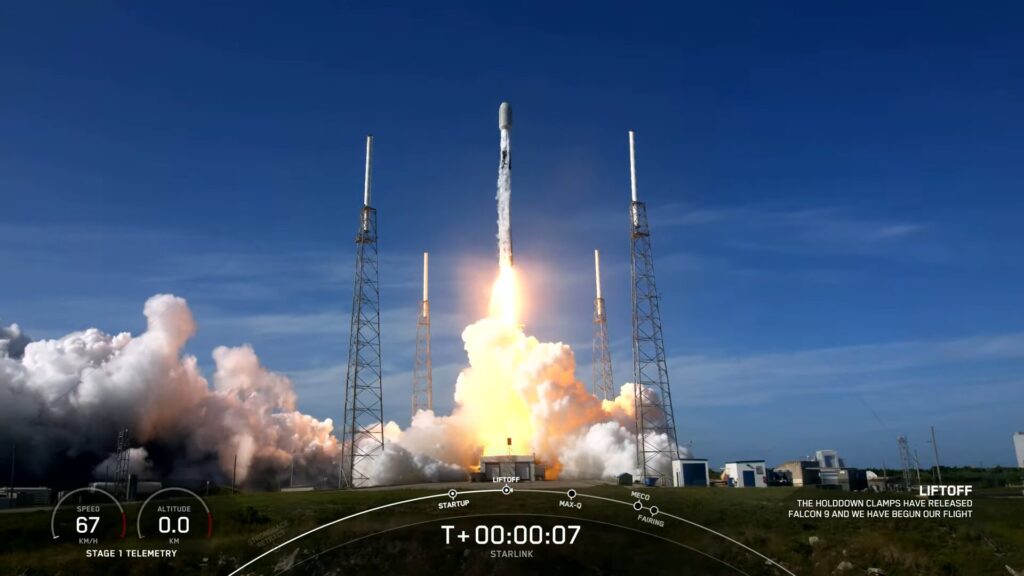Intro to Space Exploration: Humanity’s Journey Beyond Earth


Intro to Space Exploration: Humanity’s Journey Beyond Earth
Space exploration has always sparked human curiosity. From ancient stargazers to modern-day astronauts, we’ve constantly looked to the skies. Today, space exploration represents more than dreams—it’s a thriving scientific journey that shapes our understanding of the universe.
Whether you’re an aspiring astronomer or just fascinated by rockets and stars, this beginner’s guide offers a clear and exciting overview of humanity’s journey into space.
What Is Space Exploration?
Space exploration refers to the discovery and study of outer space using astronomy, space technology, and spacecraft. It involves sending missions beyond Earth’s atmosphere to learn more about planets, stars, and galaxies.
Thanks to space agencies like NASA, ESA, and private companies such as SpaceX, space exploration is progressing rapidly. From satellites orbiting Earth to rovers exploring Mars, every mission uncovers something new.
A Brief History of Space Missions
The story of space exploration began during the Cold War. In 1957, the Soviet Union launched Sputnik 1, the first artificial satellite. This marked the beginning of the Space Age.
In 1969, the world watched in awe as NASA’s Apollo 11 mission landed the first humans on the Moon. Since then, missions like Voyager, the Hubble Space Telescope, and the International Space Station (ISS) have expanded our reach.
How Space Exploration Benefits Earth
Exploring space isn’t just about going farther—it helps life on Earth too. Satellite data improve weather forecasts, GPS systems guide daily travel, and experiments in space medicine benefit human health.
For example, the microgravity environment of the ISS allows scientists to study diseases in new ways. In addition, space tech has led to innovations like water purification systems and advanced materials.
The Role of Private Companies in the New Space Race
In recent years, private companies have entered the space scene. Firms like SpaceX, Blue Origin, and Rocket Lab are launching rockets, building reusable spacecraft, and even planning missions to Mars.
This growing competition is lowering launch costs and speeding up innovation. It’s no longer just governments aiming for the stars—now, the private sector is helping lead the way.
Alt text: Falcon 9 rocket launch showing modern space exploration


What’s Next for Space Exploration?
The future looks bright—and bold. Plans are in place to return humans to the Moon through NASA’s Artemis program. Mars colonization is a long-term goal, with test missions already underway.
There’s also growing interest in exploring the moons of Jupiter and Saturn, searching for signs of life, and even mining asteroids for resources. Each new mission brings us one step closer to understanding our place in the universe.
Final Thoughts: Keep Looking Up
this is one of humanity’s greatest achievements—and it’s just beginning. By studying the cosmos, we learn more about our origins, our planet, and our future.
Curious about how stars are born or what lies beyond our galaxy? Keep following our astronomy blog for more deep dives into the universe. 🚀










